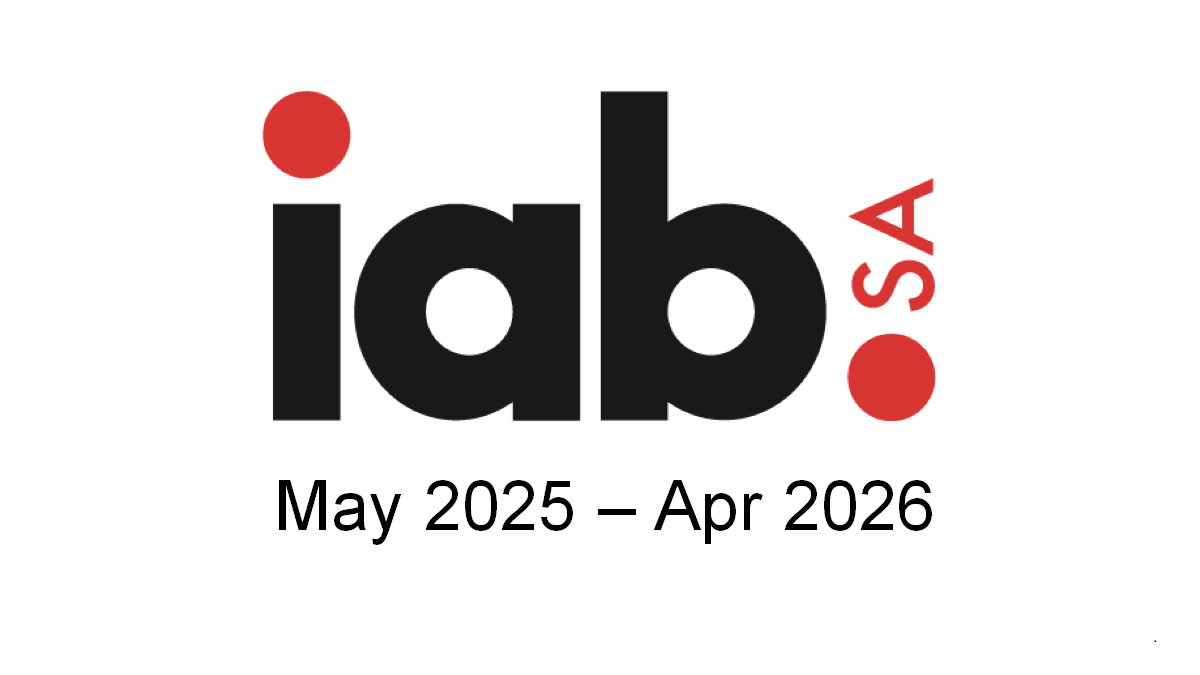The ANC has launched an ambitious strategy to rejuvenate its grassroots structures, aiming to transform dormant branches into “activist hubs” that directly engage communities ahead of the 2026 local elections.
Titled “Guide to Rebuilding Activist ANC Branches”, the 52-page internal document –obtained by Sunday World and dated March 21 – outlines a radical shift from bureaucratic party operations to hyperlocal, data-driven community organising.
The plan blends ideological renewal with pragmatic tactics to address voter disillusionment and declining electoral performance.
In terms of targeting voters, the document outlines an “election-ready activism” strategy that tasks branches to analyse 2024 election data, target low voter registration, and prepare for 2026 through door-to-door canvassing, “publicity tables” at taxi ranks, and partnerships with civic groups.
The plan also introduces unconventional methods to rebuild voter trust, including the 25-page “Community Profile” template mandating branches to collect data rivalling municipal audits – from the number of child-headed households to the performance of local clinics.
This micro-targeting aims to align ANC campaigns with hyper-local needs, such as advocating for EPWP jobs or fighting for minimum wages in dominant sectors like domestic work.
Branches should know details like “How many spaza shops are registered? What are the issues affecting informal traders?”
Among the key pillars in the plan, branches must conduct granular audits of local demographics, infrastructure, unemployment, crime and service delivery gaps using a 40-question template.
For example, wards must document everything from issues such as sanitation, GBV, and informal traders.
“Identify critical issues: water, housing, food security, indigent households, education, health… monitor and intervene,” the document reads.
The ANC’s share of the national vote plummeted to 40% in 2024, its worst result since 1994. The branch renewal plan explicitly ties community work to electoral recovery.
The branches must analyse ward-level voter registration, voter turnout, and ANC
performance in each voting district. Low youth participation is flagged as critical.
The governing party’s blueprint also targets what it calls “Conference Branches” – units that “recruit just for BBGMs [branch biennial general meetings] or BGMs [branch general meetings]” and lack sustained community engagement.
To combat this, the document mandates a strict precondition for branch meetings: no BBGM may convene unless branches complete a “community profile” and execute at least two community programmes.
Regarding accountability, members must complete an ANC foundation course on party values and attend monthly umrabulo (discussion) sessions on the Freedom Charter.
The document warns that “gatekeeping, disrupting meetings, or manipulating BBGMs” is “counter-revolutionary”.
Before BBGMs, members must undergo ideological screening via the ANC foundation course, which emphasises “humility, integrity and selflessness”.
The document warns: “Stealing from the people through corruption is one of the worst crimes a cadre can commit.”
This statement echoes the party’s struggle to distance itself from scandals that eroded its 2024 support.
Branches must submit monthly functionality audits via the “ANC Cloud” and use the membership management system to track renewals.
The tech-driven approach aims to curb gatekeeping and ghost members – a persistent issue in past elections.
The plan envisions ANC branches as community problem-solvers, crime fighters, economic mobilisers, and service delivery watchdogs.
“The branch should participate in local campaigns, take issues up at other government levels, and solve problems with the community – not for them,” the document states.
By mandating activism over bureaucracy, the party hopes to stem its decline – but success hinges on translating bold ideas into visible change. As the document warns: “We earn trust through hard work, not slogans.”
For South Africa’s oldest liberation movement, 2026 will test whether the ANC can still walk that talk.



